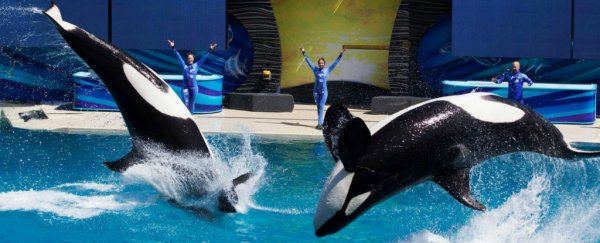After years of controversy, SeaWorld is ending its orca-breeding program. The theme park and entertainment company has been criticised for the way it treats orcas, otherwise known as killer whales.
SeaWorld said it would end its breeding immediately and planned to roll out orca-enrichment programs, which will feature more natural environments in addition to existing education and research programs in the next few years among its parks in San Diego, San Antonio, and Orlando, Florida. Here's how the company got to this point.
For more than 50 years, SeaWorld has been known for its ocean-based entertainment shows, featuring animals like the orca.
In 2013, the company's handling of killer whales came into question after the circulation of Blackfish. The documentary centered on an orca named Tilikum who killed a trainer in front of a live audience in 2010.
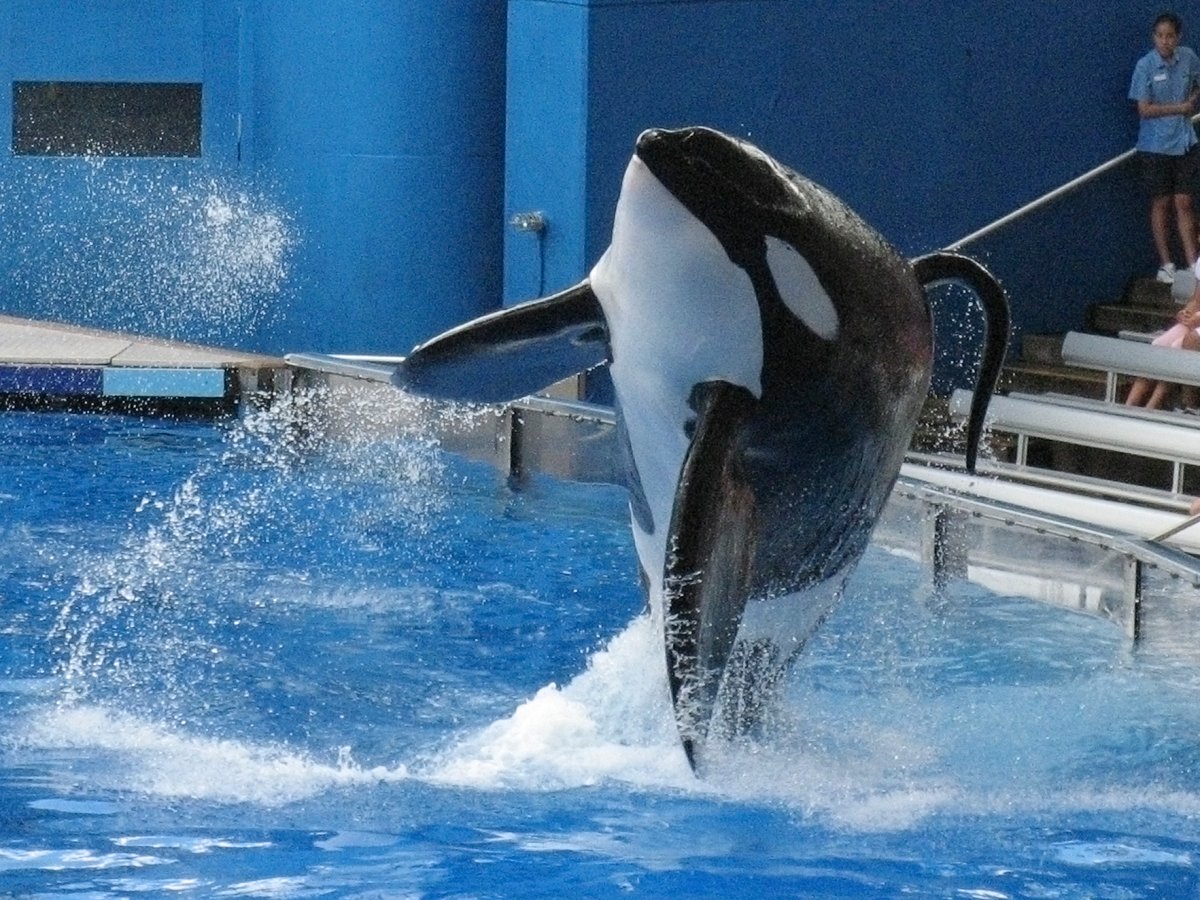 Mathieu Belanger/Reuters
Mathieu Belanger/Reuters
Since the documentary's premiere, SeaWorld and its partners have felt pressure from activists - and declines in attendance - to change their orca programs.
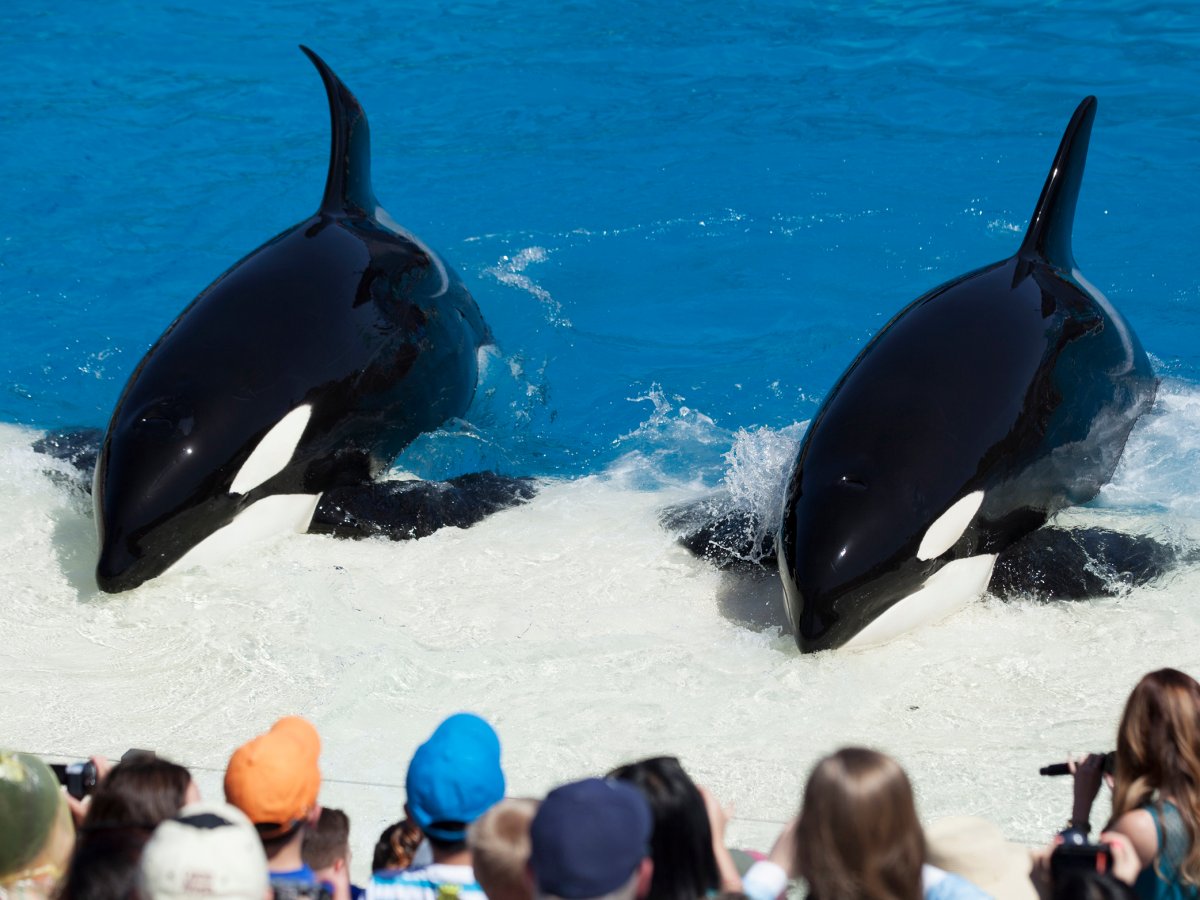 Mike Blake/Reuters
Mike Blake/Reuters
Orcas live around the world, particularly in the waters of the Pacific Northwest, off the Atlantic coast of Norway, and in the Southern Ocean near Antarctica. The orcas living in the Pacific Northwest are considered endangered by the US, though other populations are not endangered.
In 2014, SeaWorld pledged to build larger environments for its orcas and fund more wildlife research.
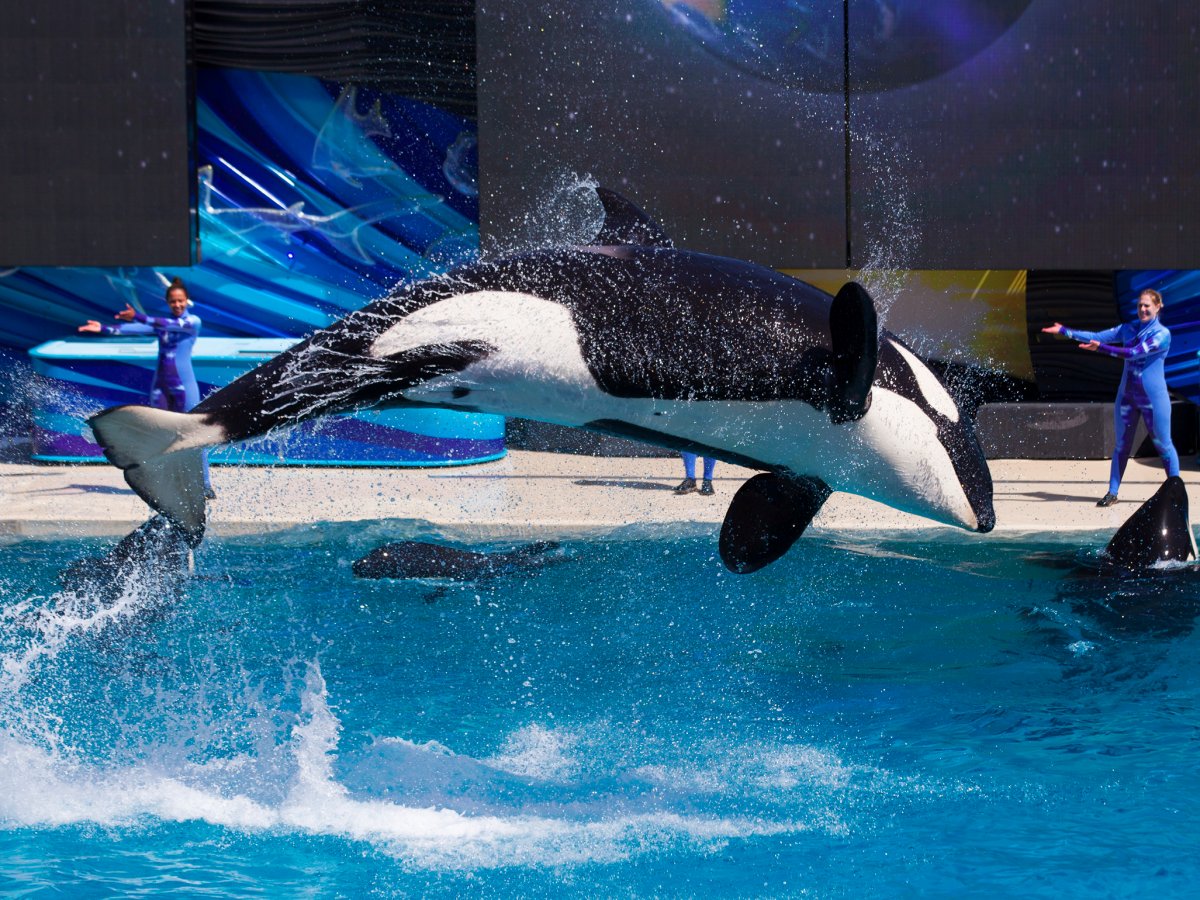 Mike Blake/Reuters
Mike Blake/Reuters
But that wasn't enough for the state of California, which imposed a ban on breeding orcas at SeaWorld's San Diego park. Sea World challenged that ban but later announced it would close its orca show in San Diego by 2017.
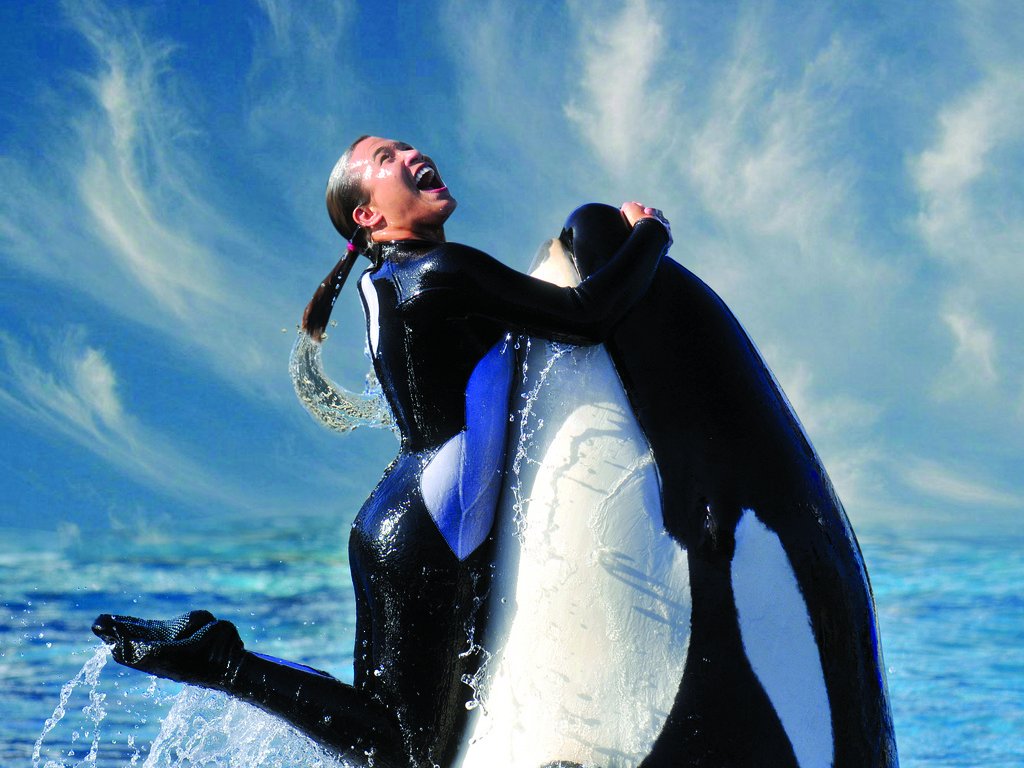 Smart Destinations/Flickr
Smart Destinations/Flickr
Now that it is done with its orca-breeding program, SeaWorld said it planned to keep all existing orcas in its habitats, so there will most likely still be orcas in the parks for the next few decades. Orcas live up to 50 years, and one whale is pregnant.
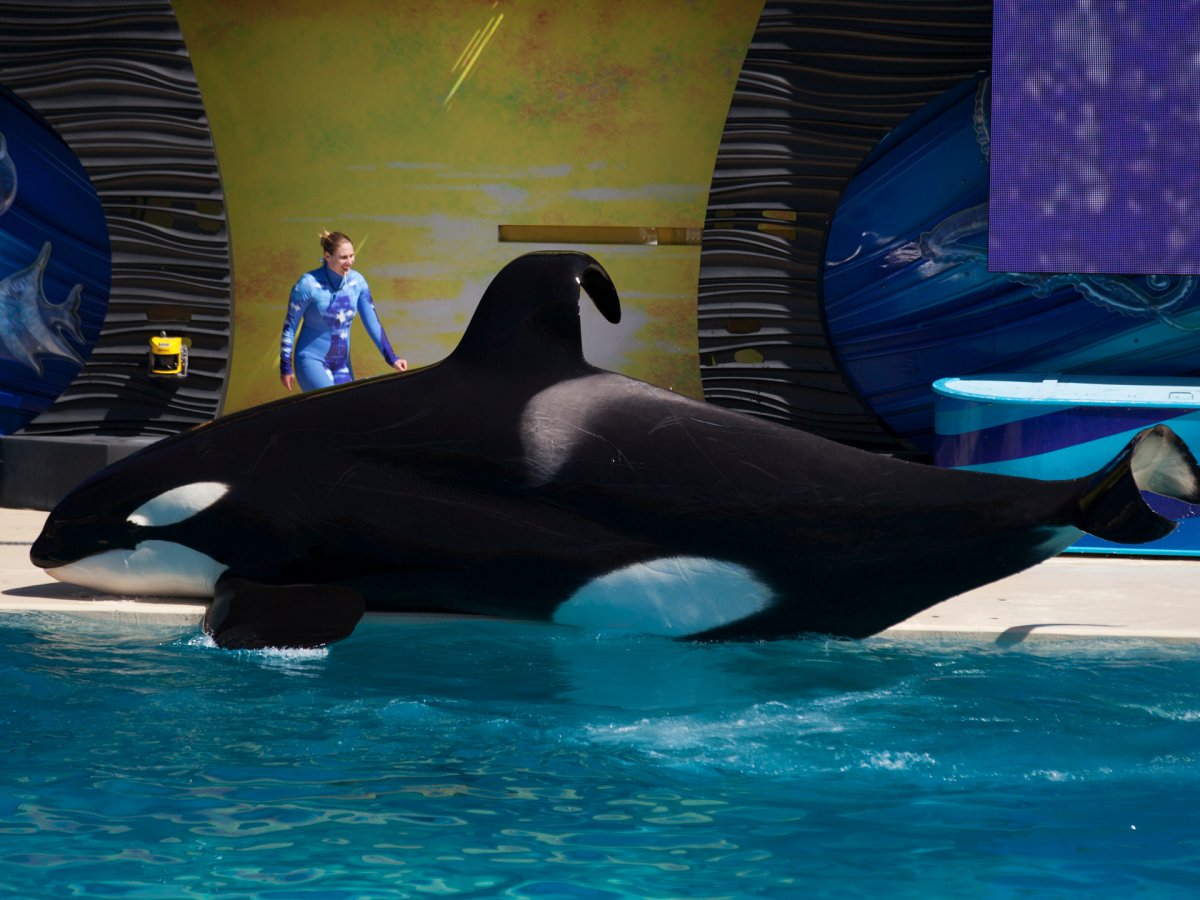 Mike Blake/Reuters
Mike Blake/Reuters
This article was originally published by Business Insider.
More from Business Insider:
